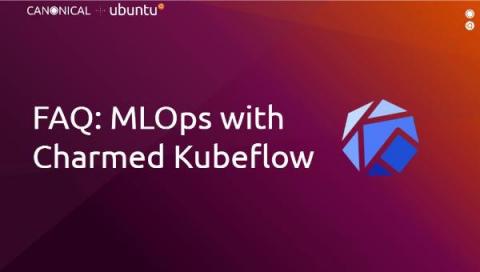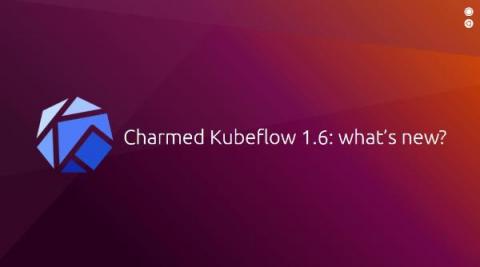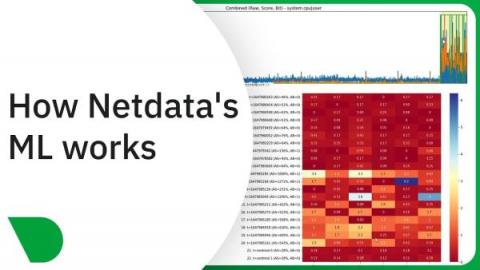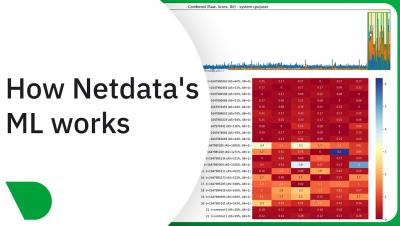FAQ: MLOps with Charmed Kubeflow
Charmed Kubeflow is Canonical’s Kubeflow distribution and MLOps platform. The latest release shipped on 8 September. Our engineering team hosted a couple of livestreams to answer the questions from the community: a beta-release webcast and a technical deep-dive. In case you missed them, you can read the most frequently asked questions (FAQ) about MLOps and access helpful resources in this blog post. Note that you can also watch the videos on Youtube: Beta-release & a technical deep-dive.










